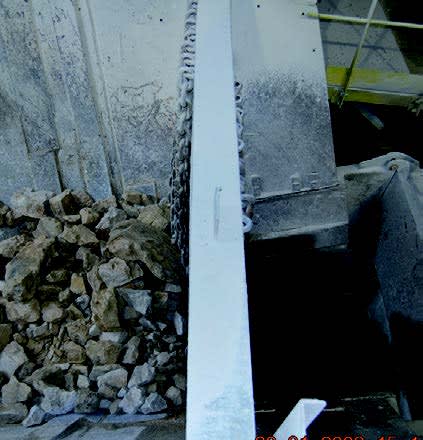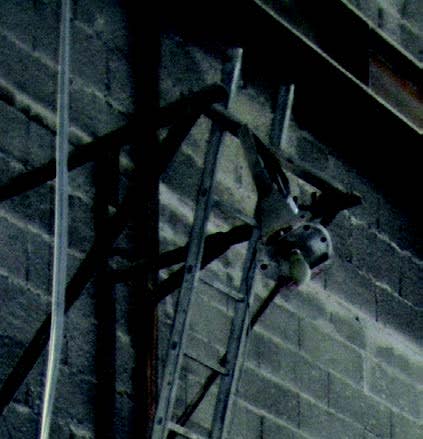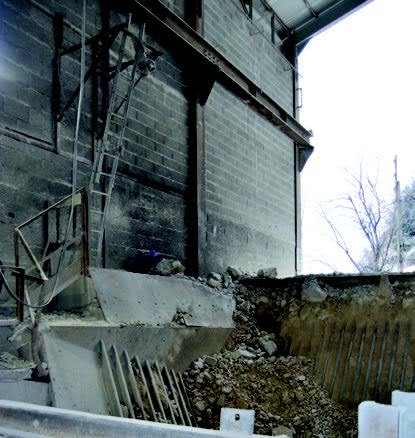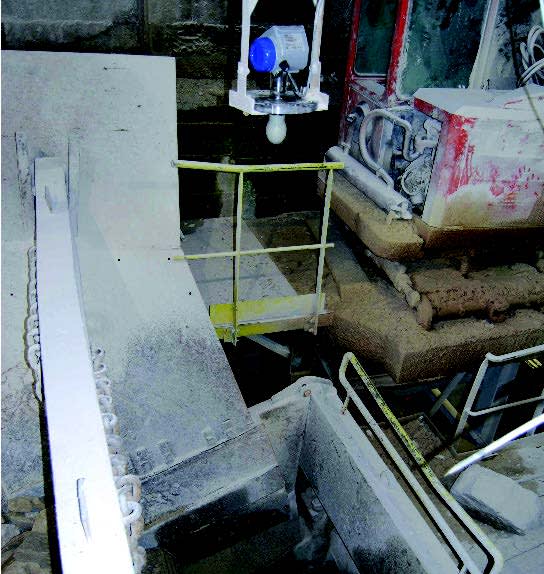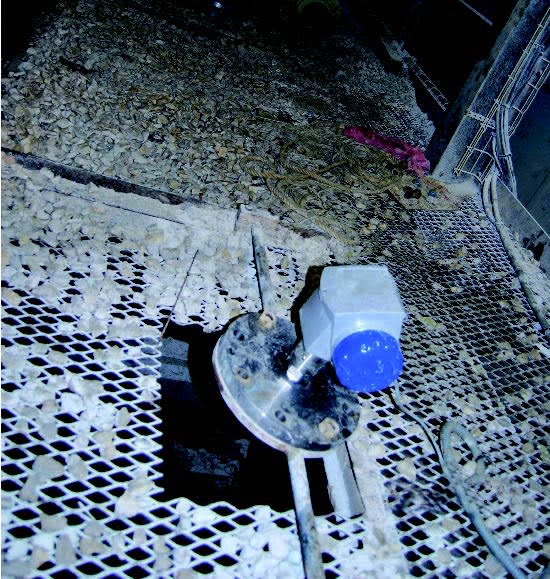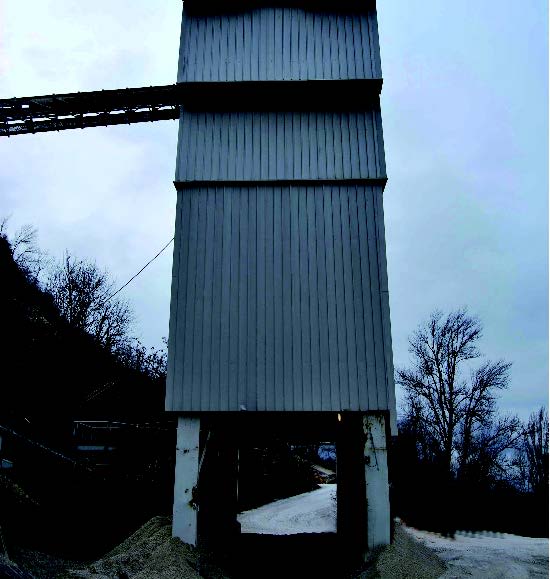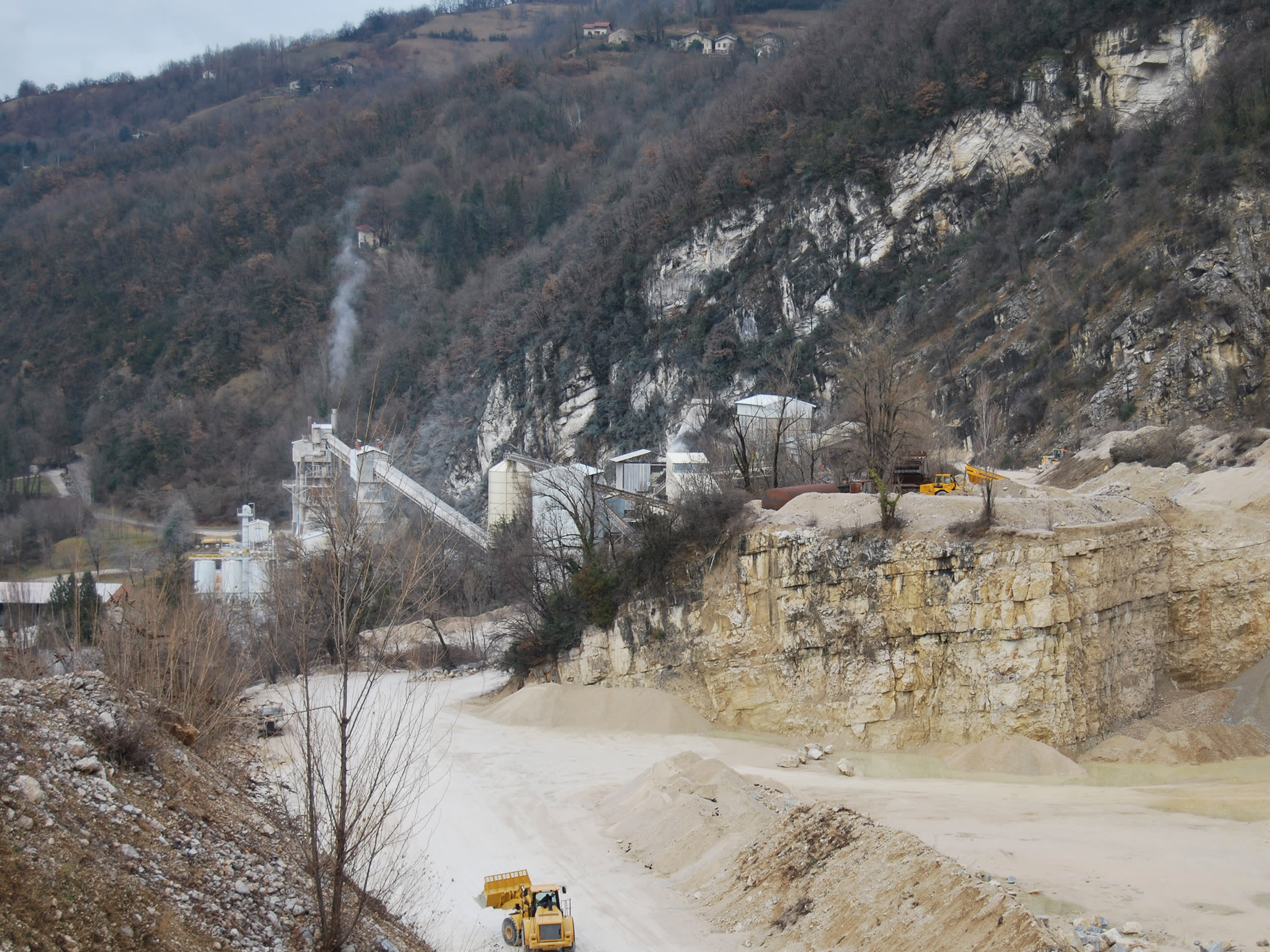Measuring level in a limestone quarry on conveyors, rock crushers and silos
Application Note | Metal & Mining
- Reliable level measurement of products with non-flat surfaces
- Advanced technology to protect your process equipment
- Process regulation with reduced installation and maintenance costs

Background
To obtain lime, the limestone is blasted from the quarry face before being broken down to a usable size, washed and taken on a conveyor belt to the kilns. Lime, also known as quicklime, is discharged from the kilns into hoppers from where it is then taken for further processing.
Measurement requirements
Lorries unload the limestone (grading sometimes > 1 m) onto an underpass, where a conveyor system transports the stone to a rock crusher. The conveyor needs to be permanently covered with stone to prevent damage caused by reducing the load on the drive unit. Most conveyors are monitored by traditional ultrasonic devices. Those often have reliability and measurement issues due to the low reflectivity of big stones and the weak signal used in this technology, which is not efficient in dusty atmospheres. Once the stone is crushed into gravel (grading 10…30 mm) it is washed and stored in silos before entering the calcination process. The uneven product surface makes it difficult to obtain reliable level data without the use of antenna aiming kits.
KROHNE Solution
To reliably monitor the level of this low reflective product, KROHNE delivered 6 OPTIWAVE 6300 contactless radar devices. They are equipped with DN 80 Drop antenna made of plain PP; connection type in this application was G 1½“ A ISO 228 where the customer screwed his own flanges. The first device is installed above the conveyor to warn the operator if the level goes below a certain limit. The conveyor transports the limestone to a rock crusher, on which the next device is installed. It protects the conveyor in case of jams in the crusher. The five other devices measure the level of limestone gravel in different silos.
Customer benefits
In this application, demanding measurement requirements were fully met with robust technology at a competitive price. Reliable measurement on low reflective product is made possible by combining high dynamics and FMCW technology. Thus, antenna aiming kits are obsolete because FMCW technology is not affected by the angle of repose. Installation is very simple and needs less wiring due to 2-wire radar. Product build-up from dusty atmosphere is not an issue with drop antennas. Made of plain PP or PTFE, their shape and their non-adhesive surface prevents from crusting which makes purging systems obsolete. This reduces maintenance costs significantly, adding the competitive price of OPTIWAVE 6300, it is a very cost-effective solution for the customer.


